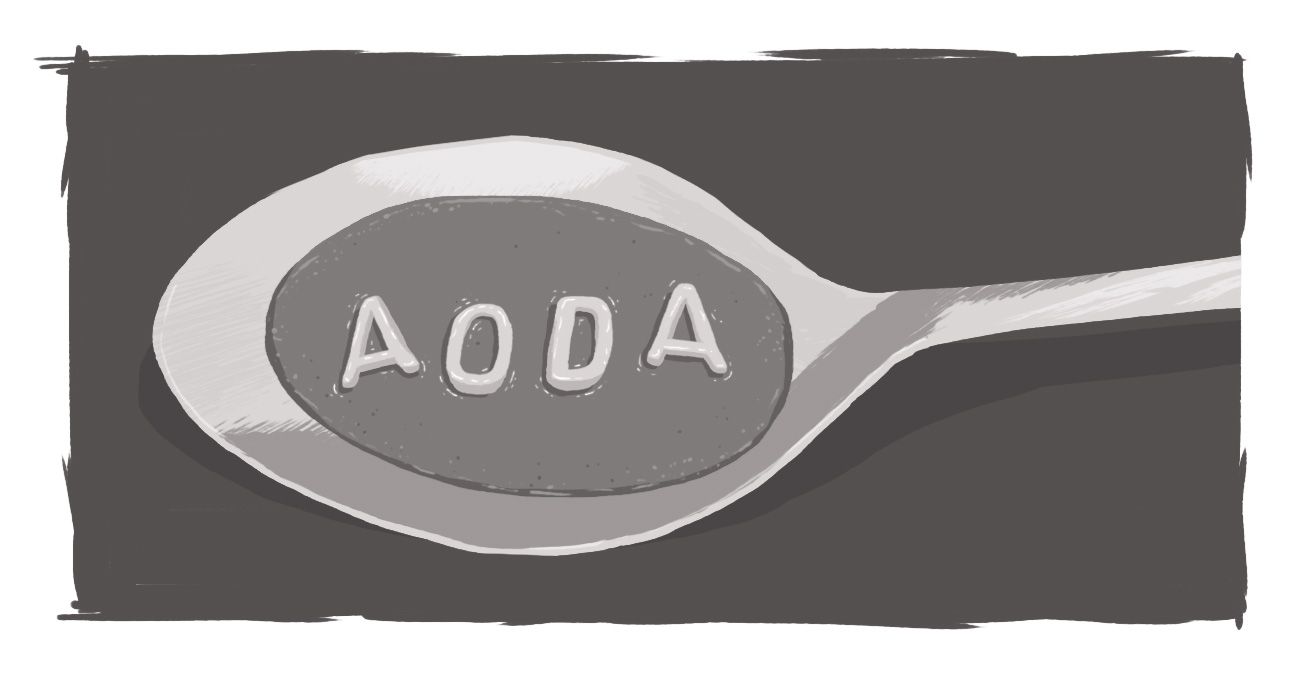AODA - It's Time to Act

So Ontario's supposed to be fully accessible by 2025. I mean, that's the point of the Accessibility for Ontarians with Disabilities Act, right? An inclusive society where everyone has equitable access to built environment, information, and experiences -- that's the goal.
I've got to admit, I'm worried it's not going to happen.
I'm not just talking web-related. I have the honour of sitting on the board of the Ability First Coalition, I'm a voting member of the City of London's Accessibility Advisory Committee, and I'm representing our company on the province's Employers' Partnership Table on accessibility. We've won a couple of awards -- including, most recently, the prestigious David C. Onley award for leadership in accessibility. Though I don't consider myself an expert, I think I've got a good handle on the issue from a variety of perspectives.
And things look bleak.
I mean, sure, we've got eight years left to get this right. But we're still missing some key elements that will assist in the creation of an inclusive society. About a year ago the province committed to establishing an educational standard for AODA -- much like we've seen with customer service, built environment, and information standards. But nothing's materialized -- and it's going to take time to implement anything in the school system.
Also, as I mentioned last week, having been part of a panel at Ryerson discussing accessibility with businesses, there is still so much confusion out there. A combination of multiple deadlines, uncertainty about what companies need to do -- and when, and the presence of predatory companies that are spreading misinformation and using fear tactics to drum up business are not helping the situation at all.
But for all that negativity, I see hope. Why? Because people get it. People understand the value of accessibility and they genuinely want to do the right thing.
Locally, in London, we're going to be celebrating business leaders who have benefitted first hand from hiring for ability first and who set the example for others to follow. At the Ability First Champion Awards, we'll also hear from keynote speaker David Patchell-Evans, the CEO of GoodLife Fitness, who has be a leader in supporting accessibility and autism research.
We've also got a couple more accessibility open houses coming up in London, on Oct. 12 and Oct. 14, where the City and various accessibility advocates will be soliciting information, lived experiences, frustrations, and successes with the current environment. We want to hear, because we want to make things better. And these efforts are going to help shape the city's accessibility efforts in the future.
More broadly, I'm encouraged because I'm hearing less questions about accessibility that start with "Why?" and far more questions that start with "When?" and "How?"
To me, that's extremely encouraging because we've moved away from the idea that we're doing something special or extraordinary, and are reaching a point where inclusivity and accessibility are just the norms.
And if you still are confused about what you need to do as a company (no matter what size), it's pretty much laid out here.
So what can we do? Where do you start?
- Do the accessible customer service training (or do a refresher if it's been a while or you have a bunch of new staff) -- it's a good place to start, it provides a solid overview of the issues, and it's an easy win.
- Make sure your hiring policies are inclusive -- over half of unemployed people with disabilities have post-secondary education. Skills and knowledge aren't a barrier to effective work, so we have to eliminate those barriers that we've put up as a society.
- Check your built environment -- how accessible is your building? Are there simple solutions that you could put in place to make it more accessible? London's actually a leader in this with its Facility Accessibility Design Standards (FADS) work.
- Scan your website and fix what you can fix -- there are a couple of free tools out there like WAVE Web Accessibility Evaluation Tool and AChecker that can give you a rough idea of what your site is like and what challenges you may be facing. And be careful of interpreting these results as gospel -- some expertise can help understand what you're seeing. While there are some simple fixes, like Alt-tagging and using proper semantic markup, that you can do, you may want to call in the experts to help.
- Deal in facts, not myths -- accessibility isn't about doing more, it isn't expensive, it isn't about quotas or tokenism. At its heart, accessibility is about inclusion, increasing diversity and perspectives, improving experiences for everyone, and improving your business' bottom line.
I'm encouraged because I see the desire to embrace accessibility, even if the practical application is lacking. I'm encouraged because I see the passion amongst the people with whom I have the honour of working on various boards and organizations -- all of whom are committed to making this province more accessible.
I'm encouraged, but I'm not optimistic that we're going to meet the 2025 deadline. If we want to rectify that, the time to act truly is now.
How do I make my business accessible?
Where can I get information about accessibility?
SUBSCRIBE TO OUR E-NEWSLETTER
 Subscribe
Subscribe


